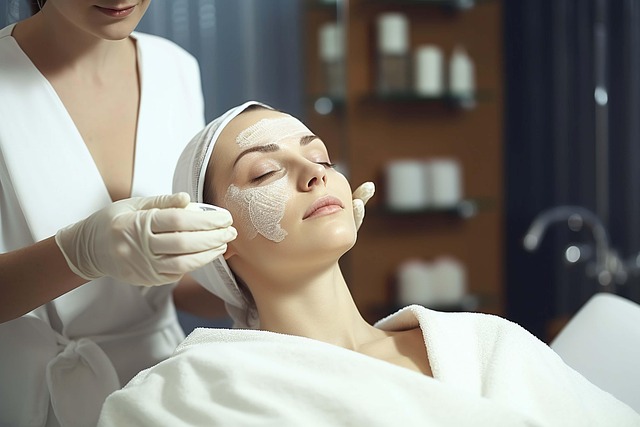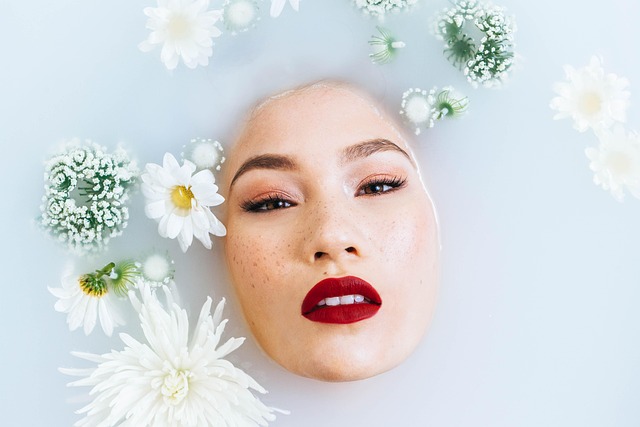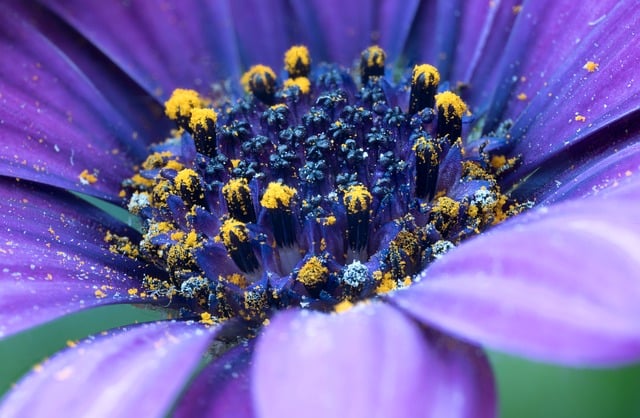Selecting the perfect vermouth lipstick involves balancing skin tone and personal style, with warm tones complementing earthy shades and cool tones suiting vibrant hues. For a timeless look, choose medium-coverage vermouth lipstick for a natural yet defined lip. Vermouth lipsticks come in various finishes—satin, matte, glossy, and dewy—offering unique looks. Layering techniques allow you to achieve multi-dimensional lips. The right shade, prepped lips with balm, and a lip primer ensure a smooth, long-lasting application of vermouth lipstick tailored to your style.
“Unleash your inner artist with the art of layering vermouth lipstick—a trendsetting technique for achieving dimension, depth, and a captivating look. This guide navigates the process from start to finish. First, discover the perfect vermouth shade for your skin tone, understanding the diverse range available. Then, learn the prep secrets: conditioning and priming your lips for flawless application. Our step-by-step layer application method ensures smooth blending. Finally, master the finishing touches, including setting techniques and maintenance tips, to keep your lipstick looking fresh all day long. Elevate your lip game with these expert tips on vermouth lipstick application.”
- Choosing the Right Vermouth Lipstick Shade
- – Understanding different types of vermouth lipsticks
- – Selecting a shade that complements your skin tone and desired look
- Preparation: Conditioning and Priming Your Lips
Choosing the Right Vermouth Lipstick Shade

When selecting the perfect vermouth lipstick shade, consider your skin tone and personal style. Warm-toned skins look stunning with rich, earthy hues like burgundy or deep plum, while cool tones can pull off vibrant shades like fuchsia or electric blue. Neutral tones are versatile and allow for a wide range of choices. Remember, the key is to choose a color that enhances your natural features, making your lips appear fuller and more defined.
For a classic and versatile look, opt for a medium-coverage vermouth lipstick that provides enough pigment to create depth while still allowing your lip texture to show through slightly. This balance ensures a natural, yet polished finish that’s suitable for any occasion.
– Understanding different types of vermouth lipsticks

Vermouth lipsticks come in a variety of finishes, from satin and matte to glossy and dewy, each offering a distinct look. Understanding the difference between these types is key when applying layers. For example, satin vermouth provides a smooth, luxurious finish with moderate coverage, while matte varieties offer full coverage and a more durable wear. Glossy and dewy formulations provide less pigment but enhance lip moisture and create a subtle, shiny effect.
When layering, consider the desired outcome. If aiming for a subtle look, start with a lighter vermouth lipstick and build gradually. For a bold statement, begin with a base coat of full-coverage matte and add transparent layers for depth and dimension. Experimenting with different combinations allows you to achieve unique, multi-dimensional lip looks that complement your personal style.
– Selecting a shade that complements your skin tone and desired look

When choosing a lipstick shade, selecting one that harmonizes with your skin tone is key to achieving a flawless look. Warm-toned skin tends to complement rich, earthy hues like burgundies and deep plums, while cool-toned skin can pull off vibrant pinks and corals. For a versatile option that suits various skin tones, consider vermouth lipstick—a subtle, muted shade that offers a hint of color without being too bold. This shade is particularly flattering for everyday wear, adding a touch of sophistication to any look.
To enhance the effect, opt for a matte finish for a sleek, modern aesthetic, or choose a creamy formula for a more luxurious, high-impact appearance. Vermouth lipstick can be easily built up for a bolder statement, allowing you to customize your look based on your preferences and occasion.
Preparation: Conditioning and Priming Your Lips

Before applying any lipstick, it’s crucial to prepare your lips for a smooth and long-lasting finish. Start by conditioning them with a hydrating lip balm or ointment. Dry, chapped lips can make application challenging and lead to uneven coverage.
Next, consider priming your lips with a special lip primer designed to create a smooth base. Vermouth lipstick, known for its rich pigmentation and creamy texture, will glide on more easily with a primed canvas. Primers also help to reduce the need for multiple layers, ensuring your vermouth lipstick lasts longer without fading or cracking.
Applying layers of vermouth lipstick is an art that involves choosing the perfect shade, preparing your lips, and building up color gradually. By understanding different vermouth lipstick types and their effects, you can achieve a look that complements your skin tone and enhances your natural beauty. Remember, proper lip conditioning and priming are essential for smooth application and all-day wear, ensuring your vibrant vermouth lipstick stays put through every smile and laugh.
